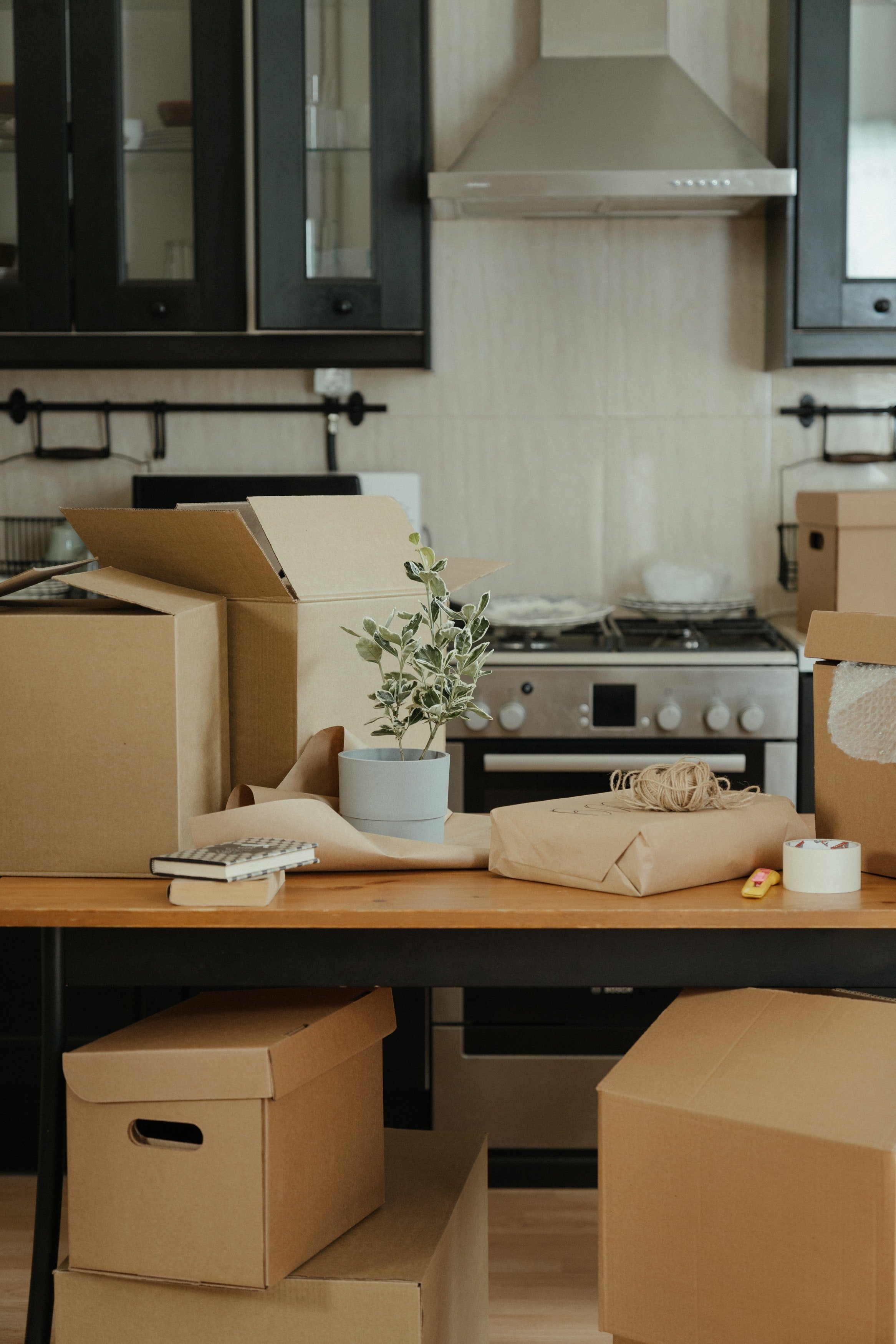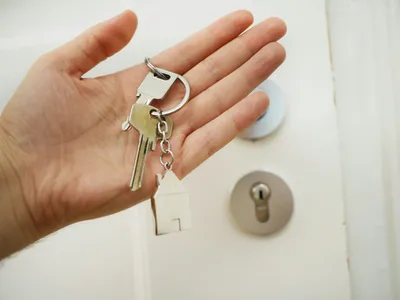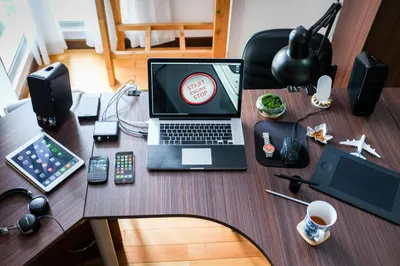If you are anything like me, decluttering has always been an overwhelmingly large, daunting challenge. However, over the past few years, I’ve gotten more conscious and much better at decluttering my life (with a little help from friends and my sister!). There’s no shame in asking for help. When thinking about selling your home, doing this earlier rather than later is my advice to clients. Here are a few tips that might help you get started:

1. Identify the problem areas.
When it comes to decluttering your home, the first step is identifying your problem areas. You can’t declutter unless you know where the clutter is.
Focus on one room at a time. It’s tempting to try and tackle everything in one fell swoop, but this will slow down your progress and make it more difficult to get motivated again later on if you get bored or overwhelmed. Instead, focus on one room at a time and take as long as necessary for that particular space before moving onto another area of the house (for example: kitchen today; living room tomorrow).
2. Make a plan.
Since you’ve made the decision to declutter, it’s time to make a plan. Write down your grand scheme for all the ways you want to go about this process.
It helps if you have an idea of what you’d like to keep and what can go. Also, don’t feel bad if this doesn’t happen all in one day—it’s perfectly normal NOT to get it all done right away!
ou might even find that breaking up the project into smaller chunks works better for your schedule: maybe start with one room at a time or work on getting rid of clutter on one shelf at a time. If this sounds like too much work, hiring someone who specializes in helping people clear out clutter is another option (and there are plenty of companies that offer this service).

3. Assign zones
When you start to sort through your things, it will be helpful to divide them into categories: donations, keep and give away. It’s important that you create a zone for each category so that you can easily separate them from one another. If you can’t decide whether or not something goes in the donate keeps or give away piles, just put it aside (or even better, put it in a box!) until later when you have time to think about what belongs where.
4. Don’t forget about what’s behind closed doors – pantry, closet and garage spaces are prime spots for clutter to hide.
- If you’ve got a large pantry or closet with multiple shelves, start by removing everything from the top shelf. Then take down all the other shelves one by one. This will make it easier to spot items that are hidden out of sight at first glance.
- If you have a lot of clothes or shoes that don’t get worn regularly, it might be time to thin out your wardrobe. If you have too many clothes hanging up in your closet, take the time to go through each item and decide whether or not it needs to stay. The popular organizer, Marie Kondo, has a method is to evaluate each piece. “Does this piece of clothing give you joy?” If the answer is no, then get rid of it! Once you’ve decided what stays and what goes, organize them into categories (e.g., shirts with sleeves rolled up) or by color (e.g., all black clothes together). These strategies will make it easier to find what you want fast so that it’s not hiding behind other things in the closet!
5. Create a gadget hub.
A specific place in your home to store gadgets together, for charging, convenience and organization.

6. Create an archive for photos and videos.
- Create a folder for your photos and videos.
- Store them on an external hard drive, in a cloud storage service, or on a memory card.
- You can also store your digital media files on USB drives if you need to take them with you when you travel.
7. Reconfigure your office to be more efficient.
If you don’t already have an office or “spare room,” create one. Designate a specific space in your home that is dedicated to being your office. It should be a place where you can work in peace and quiet without interruption from family members or friends. You may also want to consider noise levels, lighting and temperature when deciding on the best location for your workspace. Once you have decided on a spot for your new office, organize it into an efficient workspace by creating a clean and organized environment with plenty of storage space that is easy to access whenever needed.

8. Arrange bookshelves by color and height.
If you’re looking for a way to keep your books organized, consider arranging them by color and height. When organizing bookshelves, use the same color for all of your books and also use the same height when shelving them. This will help make it easier to find what you’re looking for when browsing through shelves of books with similar colors and heights.
If you don’t have an entire room devoted to storing your library (or if there just isn’t enough space), consider investing in some bookcases or other types of furniture that can hold many different types of products at once: this is called “library furniture” because it’s meant specifically for libraries! A good example is IKEA’s Hemnes Bookcase—this $149 option takes up little space but allows users both vertical and horizontal flexibility depending on their needs at any given time.
9.You can declutter your home with just a few simple steps and tricks.
- You can’t do it all at once. The first step to decluttering your home is accepting that you have a lot of stuff in your house, and the first step to getting rid of it is breaking down the process into manageable chunks. Don’t be afraid to set aside certain areas or rooms of your house for special attention—it’s more important that you finish one small area than try to do it all in one day.
- Get rid of what doesn’t spark joy. The best way for most people to get started on their decluttering journey is simply by deciding what they want in their lives and then throwing out everything else! If an item doesn’t make you happy, let go of it and move on with life! This will save time later when searching for items because now there are less things cluttering up space in your home (and headspace)!
- Delegate responsibilities if possible; don’t do everything yourself! Even if others aren’t interested or ready yet, ask someone anyway because they might surprise themselves by jumping right in once they see how easy this is going.
So, are you ready to start decluttering your home? You can do it! I know that this process isn’t easy and takes time, but I hope these tips will help you get started on the right path. Remember that it’s not about having everything perfect before you even start. I encourage you to just dive in with whatever tools work best for you—whether that be an app or a notebook—and don’t give up when things get tough! After all, everyone has many reasons why they want their home to look better (more money saved on bills or less stress because of clutter), so keep going until you feel calmer and more organized.



